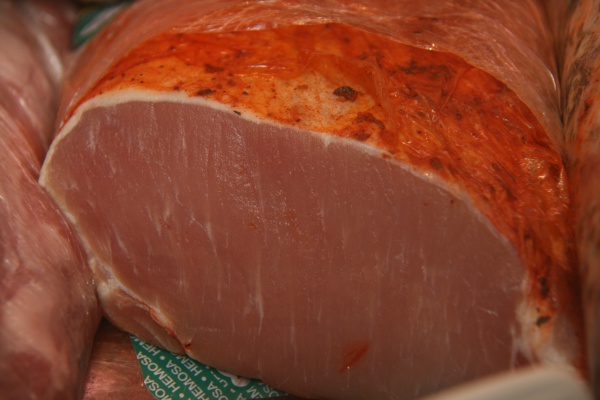Facts About Adobo
Adobo, or adobar, is a classic method for marinating raw foods in a flavorful blend of paprika, oregano, salt, garlic, and vinegar. This technique originated in Iberia and spread to Latin America, as well as to Spanish and Portuguese colonies in Africa and Asia. Interestingly, when the Spanish colonized the Philippines, they named a local cooking method "adobo" because it also used vinegar, even though it evolved independently from the Spanish version.
Originally, adobo was a way to preserve meat and fish, especially in places without refrigeration. Over time, it became more about enhancing flavor before cooking. Traditional dishes include cazón en adobo (marinated dogfish), berenjenas de Almagro (marinated eggplant), and lomo en adobo (marinated pork loin).
The term "adobo" can signify different things depending on the region. In Mexico, it’s a sauce made with chilies such as Chipotle and Ancho. In Puerto Rico, it’s a seasoned salt used for meats and seafood. In Peru, it refers to a pork dish marinated in spices and vegetables. In Uruguay, adobo is a spice mix similar to the Spanish version, and "adobar" means using this mix as a seasoning.
Adobo has been around for a long time, with mentions in 19th-century cookbooks such as Mariano de Rementeria y Fica's "Manual del Cocinero, Repostero, Pastelero, Confitero Y Bottiler" from 1850. Each culture has put its own spin on adobo, making it a versatile and beloved culinary tradition worldwide.
